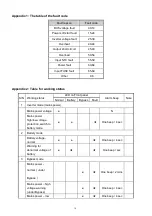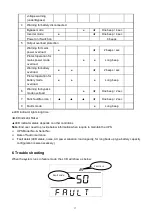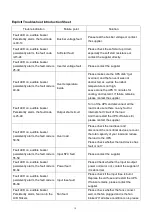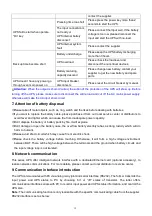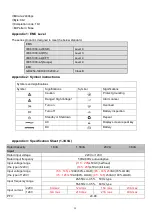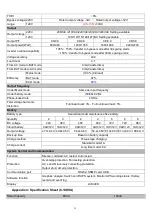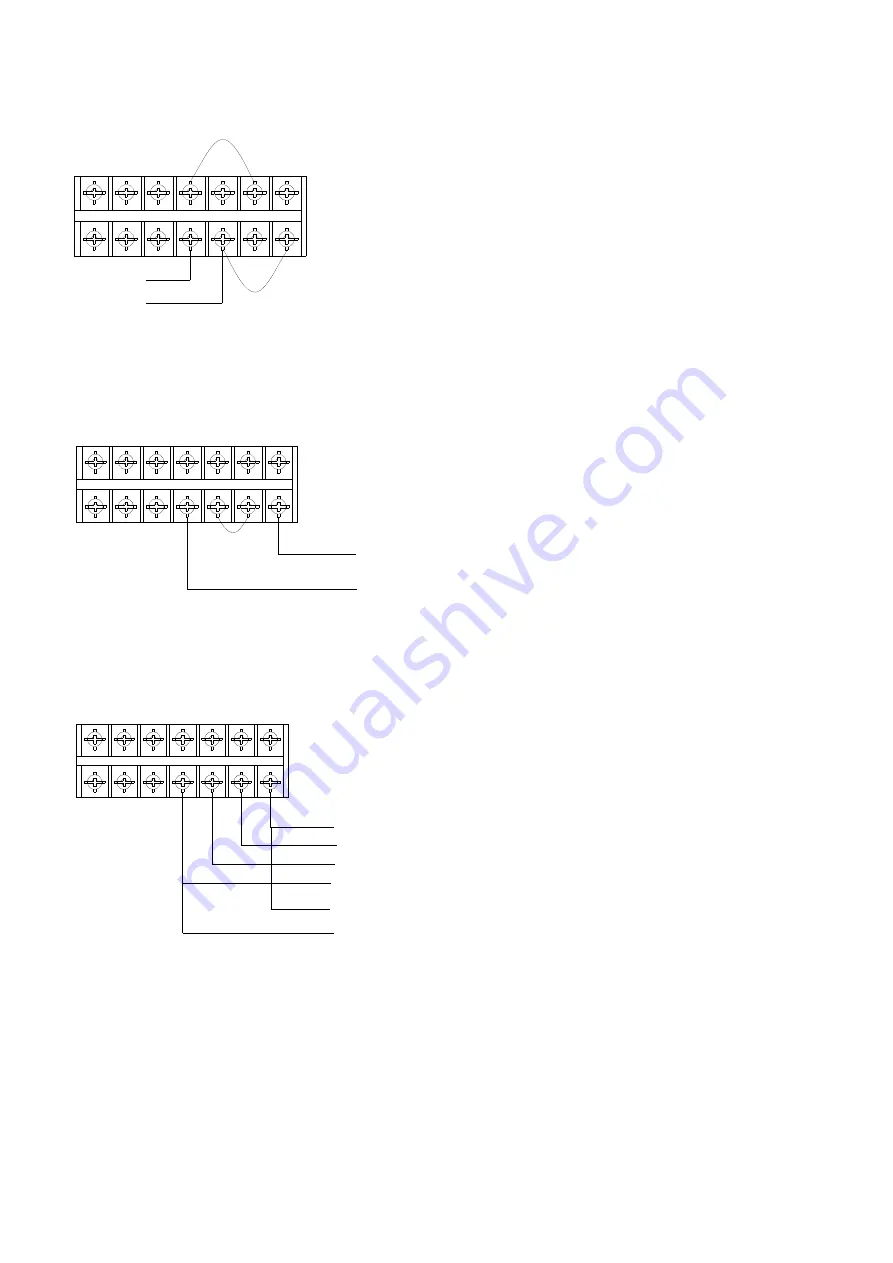
6
provide 50% of UPS rating power. Connect one load to L1-N1 and the other load to L2-N2.
★
Option 2:
GND
L1 N1 L2 N2
To Load
L2 L1
After connecting L1&L2 and N1&N2, it becomes one low-voltage output (100V/110V/115V/120V) at L1-N1 for
100% of UPS rating power. Connect load to L1-N1 or L2-N2.
★
Option3:
GND
L1 N1 L2 N2
To Load
L2 L1
After connecting N1 and L2, it becomes one low-voltage output (208V/220V/230V/240V) at L1-N2 for 100%
of UPS rating power. Connect load to L2-N1
★
Option4:
GND
L1 N1 L2 N2
To Load 1
To Load 2
To Load 3
L2 L1
After connecting N1
&
L2, it becomes three outputs, one high-voltage((208v/220v/230v/240V) at L1-N2 two
low-voltage outputs (100v/110v/115v/120V) at L1-N1 and L2-N2. However, there is a limit for current rating at
L1-N1 and L2-N2: 25A is for 6KVA model and 42A is for 10KVA model. You must connect the load under the
limitation. Please read Note first before installation.
Connect low-voltage load to L1-N1 and L2-N2, and connect high-voltage load to L1-N2.
Note:
①
if any load current in L1-N1 or L2-N2 is higher than 25A in 6KVA model and 42A in 10KVA model.
The UPS will still operate normally without overload warning because the total load is under the
specification. However, the isolation transformer will be damaged with overheat due to high current.

















